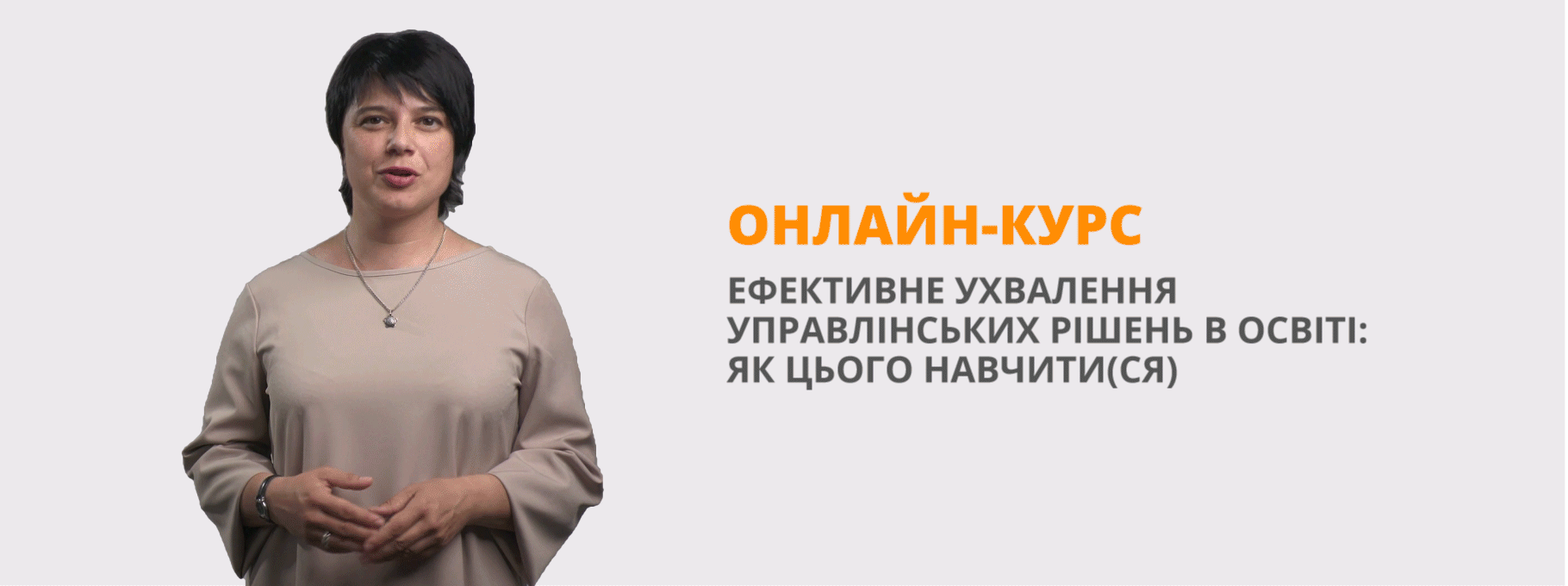Матеріал до уроку на тему «TOWN AND COUNTRY»
TOWN AND COUNTRY
Today people all over the world are moving out of small villages to go and live in big, noisy cities. They are moving from the peaceful hills, mountains, fields, rivers, and streams of the country-side to the busy world of streets, buildings, traffic, and crowds. This movement from rural to urban areas has been going on for over two hundred years. In many countries, the main reason people come to live in towns and cities is work. After one or two large factories have been
built in or near a town, people come to find work, and soon an industrial area begins to grow. There is usually aresidential area nearby, where the factory workers can live. The families of these workers need schools, hospitals and shops, so more people come to live in the area to provide these services, and so a city grows.
In every major city in the world there is a business district where the big companies have their main offices. In the United States this area is usually in the city centre. It is here that you can see the huge skyscraper office blocks. The people who work here often travel a long way to work each day. Many of them live in the suburbs, far away from the industrial area and the city centre. Some suburbs are very pleasant, with nice houses and big gardens. There are usually parks for children to play in and largedepartment stores where you can buy all you need.
But what is the future of the big cities? Will they continue to get bigger and bigger? Perhaps not. Some major cities have actually become smaller in the last ten years, and it is quite possible that one day we will see people moving out of the major cities back into smaller towns and villages.
VOCABULARY
stream [stri:m] — річка; струмок
country-side ['kʌntrɪ'saɪd] — сільська місцевість
rural ['ruər(ə)l] — сільський
urban ['ə:bən] — міський
industrial [ɪn'dʌstrɪəl] — промисловий, індустріальний
residential [,rezɪ'denʃ(ə)l] — житловий
skyscraper ['skaɪ,skreɪpə] — хмарочос
suburb ['sʌbə:b] — передмістя
department store [dɪ'pa:tmənt,stɔ:] — універмаг
to move out — виїжджати
QUESTIONS
1. What is the main reason why people come to live in cities?
2. Why does a city grow ?
3. What is there in every major city ?
4. Where do many people who work in the centre live?
5. What is the future of big cities ?
7. Will they continue to get bigger and bigger?
Місто й країна
Сьогодні люди в усьому світі залишають маленькі села і їдуть жити у великі, гомінкі міста. Вони їдуть від спокійних пагорбів, гір, ланів, річок і струмків сільської місцевості в гучний світ вулиць, будинків, транспорту і штовханини. Це переселення ізсільських районів у. міські триває вже протягом понад дві сотні років. У багатьох країнах головною причиною переїзду людей до міста є робота. Після того, як збудують у місті або біля нього одну або дві великі фабрики, люди приїжджають, щоб знайти роботу, і незабаром починає рости промисловий район. Поблизу звичайно з'являється житловий район, де можуть жити фабричні робітники. Але оскільки сім'ям цих робітників потрібні школи, лікарні та крамниці, то до міста приїжджають ще й люди, які забезпечують ці послуги і які теж оселяються в ньому, — ось так і росте місто.
У кожному великому місті світу є діловий район, де розташовані головні офіси великих компаній. У Сполучених Штатах цей район зазвичай займає центральну частину міста. Саме тут можна побачити величезні квартали хмарочосів ; з офісами. Люди, що працюють тут, щодня долають довгий шлях, щоб дістатися до місця роботи. Багато з них живуть у передмістях, далеко від промислового району і міського центру. Деякі приміські райони на вигляд дуже приємні, з гарними будинками та великими садами. Звичайно, тут є парки, де граються діти, і великі універмаги, де ви можете купити все необхідне.
Але яке майбутнє у великих міст? Чи будуть вони весь час збільшуватись? Можливо, ні. Деякі великі міста фактично зменшилися за останні десять років, і дуже ймовірно, що колись ми побачимо, як люди виїжджають із великих міст, повертаючись у менші міста й села.


про публікацію авторської розробки
Додати розробку
